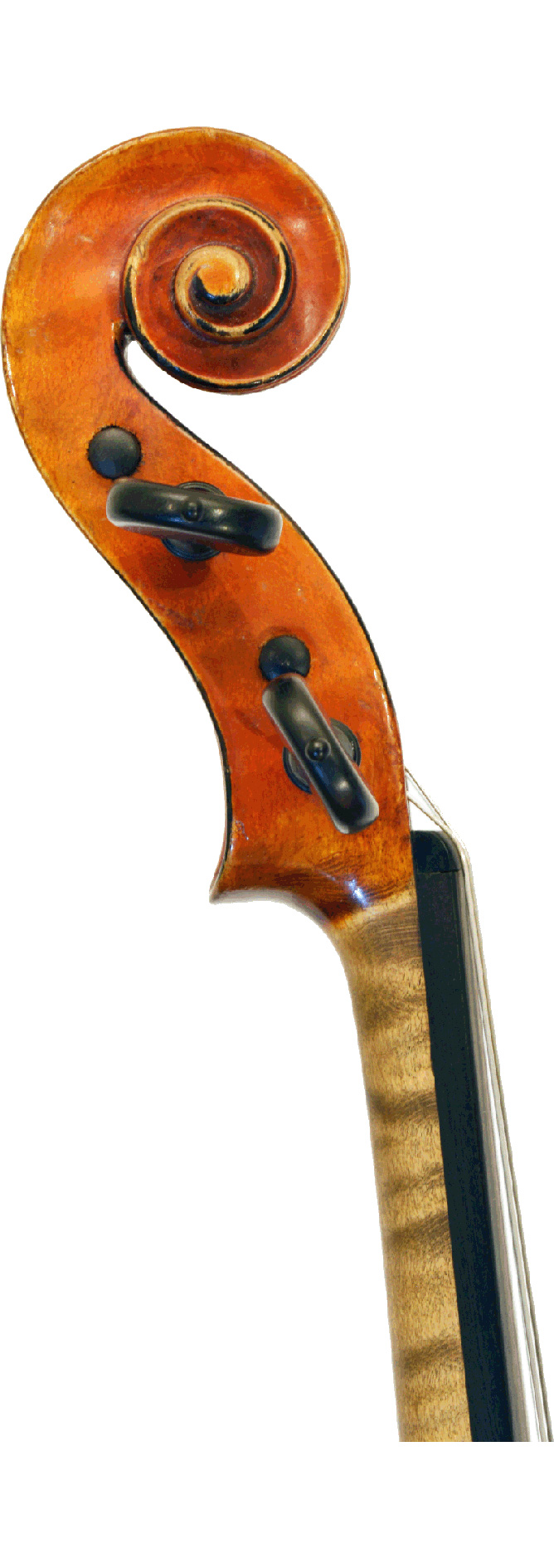Annibale Fagnola in 1928
Annibale Fagnola was born in 1865 and raised inMontiglio Monferrato, Piemonte, Italy as the eldest of the eight brothers and sisters. He was originally trained as a bakery as the great predecessor, Giuseppe Rocca was in 1820s.
He moved to Turin in 1894 to continue to work as a bakery, but before long, he started to make violins as an amateur. Most connoisseurs appraise his artwork of his earliest time as made in and around 1897.
He did not follow the apprentice system, which was common in Italy in those days, and started to make violins at the age of 32. In spite of the late starting, he was the most successful maker in Turin in the idential generation.
He learned violin-making mainly by himself, but was considered to have received professional advice fromRomano Marengo Rinaldi and Orazio Roggero, a merchant and musical instrument collector of the identical generation.
There was no certain record on the earlist time of his career. Many of his artwork were made in the latter half of 1820s, largely influenced by Stradivarius model. By early 1910s, some of his artwork reached the high level of appraisal, given the alias of Guieppe Rocca.
In those days, he started to directly sign on inner side of the upper part of the rib of his artwork.
Afterwards, in early 1920s, when the world overcame the World War I and Spanish flu, he started to copy Pressenda of his later years and put a copied label just below his own label.
This violin was made in such of his golden period, showing his very caracteristics and excellent existence, deeply influenced by Pressenda.
What we should specially look at are: the ebony saddle carved to the lowest rib, the purfling vertically go throughthe end button, the scroll with its edge painted in black, the thickly applied rich transparent varnish, beautifulimpression of the maple wood, etc.
This is a well-balanced violin with the beautiful clearness of its high tones and richness of its low tones.





